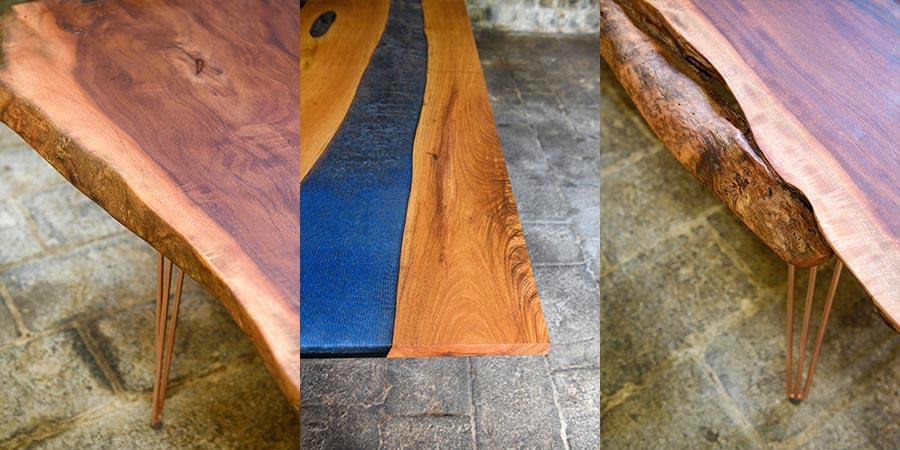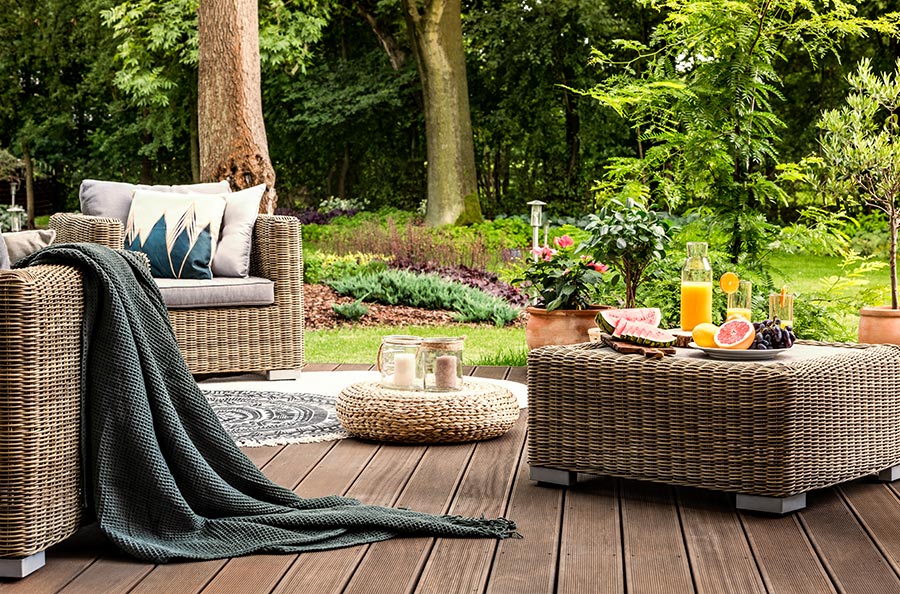

Cacti, for two or three years, know their hour of glory and have become trendy. They are everywhere, printed on T-shirts or fabrics, highlighted in garden centers and decorative objects. But these succulents are also a great success in interior decoration thanks to their diversity of sizes and atypical shapes. They fit into all styles of decoration – from bohemian decoration to minimalism to exoticism. Cacti are mainly grown as ornamental plants, with or without flowers, ranging from miniatures to very large, the choice is vast and their appearance and graphics remain the most important selection criteria.
There are about two thousand five hundred species divided into 90 groups in the family Cactaceae. Cacti are mainly native to Central America but a few species grow naturally in tropical Africa. Each species has evolved in its original environment and has adapted to harsh climatic conditions such as wind or very high temperatures by taking on particular forms, which has given them unusual and evocative names such as the snowshoe cactus (prickly pear), the candelabra cactus or candlestick cactus, the ball cactus or mother-in-law’s cushion, the sea urchin cactus, the Christmas cactus which only blooms in winter.
Original yet simple, cacti embellish a room while bringing a Zen atmosphere. They require very little maintenance and are perfect for people who do not have a green thumb or who have little time to devote to their plants.
Cacti like full sun and maximum light. Contrary to popular belief, cacti need water for their growth and flowering even if they can do without it for long periods because they have the ability to store it, hence their name of succulent plants. Watering must be abundant and all the soil must be soaked, but no water should be left stagnant in the pot and it is necessary to wait until the soil is dry before proceeding with the next watering. Moreover, it is essential for them to overwinter in a dry and cold place from fall to early spring without any watering.

Cacti have a very bad reputation in Feng Shui and are associated with negative energy because of the concept of poisoned arrows. In Feng Shui, poison arrows are sharp objects pointing negative energy directly at the occupant. Since most cacti have thorns, they are considered to be poisonous plants.
Although it is still at the experimental research stage, the Jade tree and the Peruvian cactus or candle cactus would have an impact on the magnetic waves which would be absorbed by their spines. These varieties also have depolluting virtues because they produce oxygen at night and reject carbon dioxide during the day.
The Nopal cactus or prickly pear has recognized virtues in dietetics and cosmetology. The prickly pear is rich in vitamin A, C and magnesium. It is recognized antioxidant, anti-inflammatory, antiseptic and antiviral effects.
The oil of prickly pear seeds is rich in vitamin A and beneficial fatty acids for the firmness, elasticity and regeneration of skin cells.
for the firmness, elasticity and regeneration of skin cells. It repairs acne-prone skin, reduces stretch marks and scars, revitalizes and strengthens hair and nails. It takes about a ton of fruit to obtain a liter of oil, which explains its high price close to a thousand euros per liter.
Cactus water, extracted from the flesh of the prickly pear plant, is rich in vitamins B, C, calcium, potassium, iron and antioxidants. It is however contraindicated for people undergoing treatment for kidney, pancreas and liver. For the moment, it is only found in the USA where it is on the way to supplant coconut water despite its very high price.
Corinne Gibert-Grasselli.
Share this article with your friends





© Copyright 2021 – Homes.mu by Eclipse Investments | Design with ❤ by Mataora.com
Soyez le premier à recevoir les nouveautés de Homes Magazines directement dans votre boite email.
